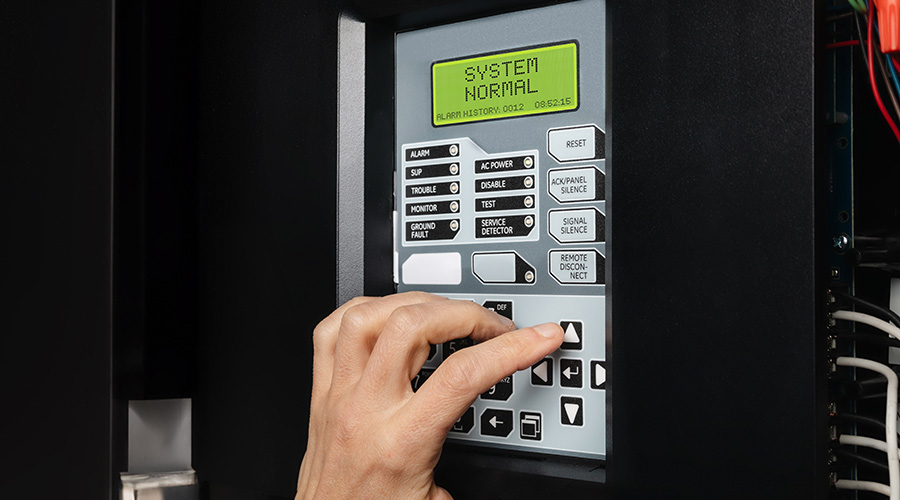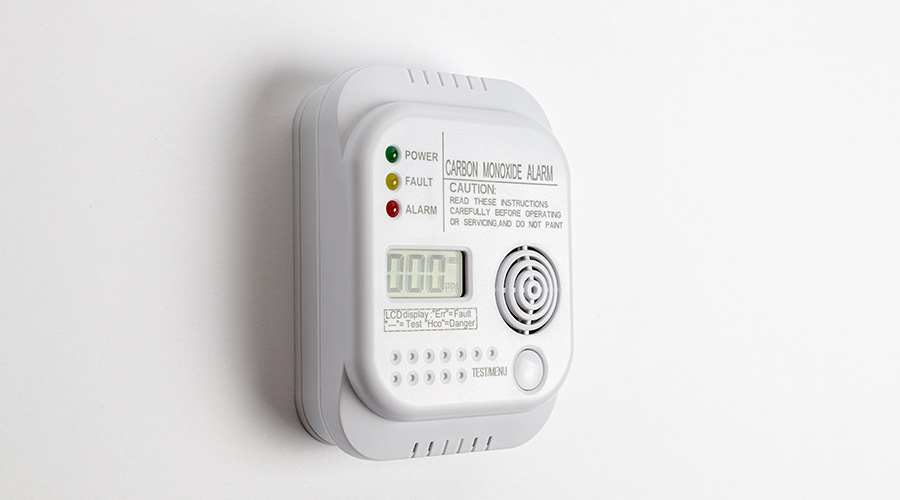The Importance of Periodic Fire Sprinkler Testing and Inspection
Five steps can help ensure that sprinkler water supply always meets design criteria
Fire sprinkler systems are a fairly standard building-code requirement. But sprinklers are far from “set it and forget it” building technology. That’s because degradation of the water supply or impairment to a sprinkler system can have catastrophic consequences. Periodic inspection, testing, and maintenance of the sprinkler system are essential for proper sprinkler function. Failing to properly inspect, test and maintain sprinkler systems may result in citations and fines, or worse.
The National Fire Protection Association (NFPA) publishes standards addressing automatic fire sprinkler systems. NFPA 13, Standard for the Installation of Automatic Sprinkler Systems, is an industry-recognized reference commonly adopted by local authorities for enforcement of fire sprinkler system installation.
Much of a sprinkler system’s fire-control performance is dictated by the available water supply. The basic principle of a hydraulically designed water-based sprinkler system is that the peak flow and pressure demand are no greater than the available supply. If an inadequate flow or system pressure is delivered, the sprinkler system is likely to operate improperly, possibly allowing the fire to spread.
Accurately characterizing the flow and pressure of the available water supply is paramount not only during the initial design and installation of a sprinkler system, but also for the continued protection of the building. The following actions should be considered for the inspection, testing, and maintenance of water-based wet pipe fire sprinkler systems.
NFPA 25, Standard for the Inspection, Testing and Maintenance of Water-Based Fire Protection Systems, is a reference commonly adopted for enforcement. NFPA 25 offers a schedule of preventive inspection, testing, and maintenance activities. With respect to water supply, Section 13.2.5 of NFPA 25 calls for a main drain test to be conducted annually at each sprinkler system riser to determine whether there has been a change in the condition of the water supply, supply piping and control valves.
Although it is customary to consider the main drain test as an “annual” event, more frequent tests are required depending on the water supply configuration. The main drain test should be conducted quarterly where the sole source of the water supply is through a backflow preventer or pressure-reducing valves. Facility executives should verify these tests are being conducted on a timely basis in accordance with NFPA 25 or other applicable requirements. Written records should be kept for future reference and troubleshooting.
Related Topics:















